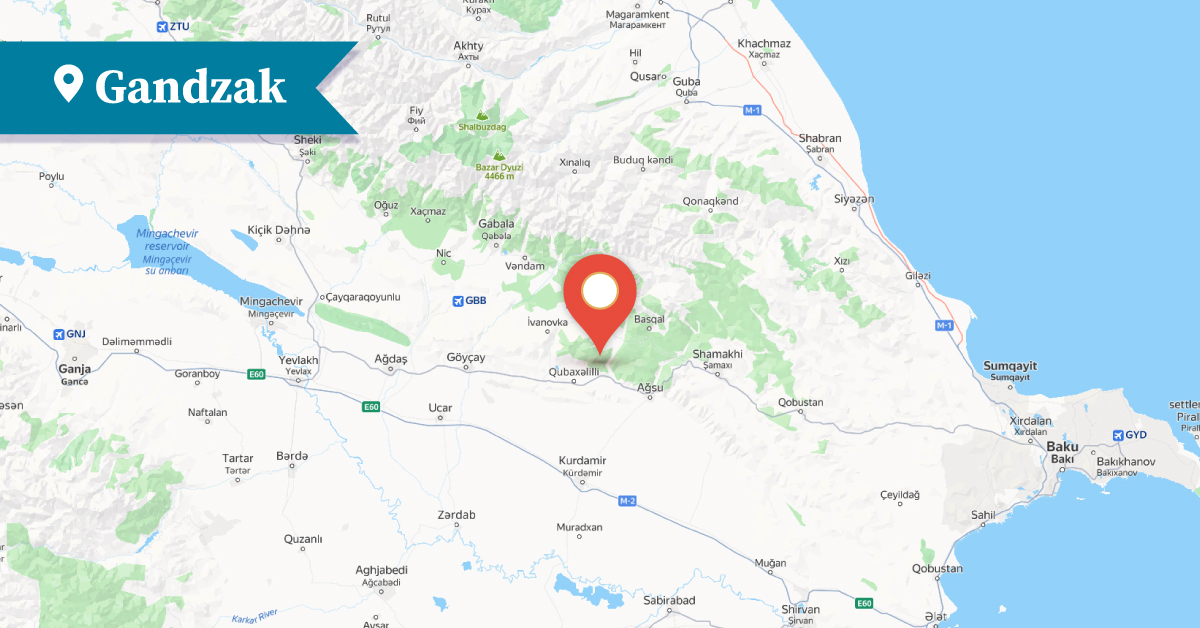2025
2025
2025-06-30

The village of Gandzak in the Ismayilli district is located 12.8 km southeast of the district center. The village’s inhabitants had migrated from the Dizak and Varanda regions of Artsakh.
In 1861, there were 99 Armenian households in Gandzak, and by 1865, the number had increased to 120 households. During the visit of Bishop Makar Barkhudaryants in 1886, the village had 144 Armenian households with 1037 residents. By 1912, Gandzak was entirely inhabited by Armenians, with 240 households and a population of 1444. In 1918–1919, the village was attacked by Turkish troops and local Tatars.
After the establishment of Soviet rule in Azerbaijan, the survivors of the massacres from Gandzak returned to their native village. In 1924, Gandzak had 60 Armenian households with a population of 240. Until the 1950s, an Armenian primary school existed in the village. In 1981, there were 20 Armenian residents in Gandzak. As of 1985, there were 6 Armenian families and 10 individuals, who were forcibly displaced at the end of 1988.
During the visit of monument specialist Samvel Karapetyan to the village of Gandzak in 1985, the remains of the Holy Mother of God Church, built in 1842, were still standing, though partially ruined and altered. Since 1889, an Armenian school had been operating in Gandzak, and its construction inscription stated:
In 1889, this school was built
with the support of the Armenian community
of the villages of Gandzak and Topi Shen.
During Samvel Karapetyan’s visit, the school building was in a ruined state. Near the school stood an old cemetery with cross-stones dating back to the 8th century. M. Barkhudaryants had copied the inscription from one of them:
May God have mercy on Ekhar. Year 760.
The old cemetery, known as Saint Gandzak, was located on the southern side of the village and served as a pilgrimage site for the surrounding Armenian population.
In the main cemetery on the northern side of Gandzak village, several khachkars and around 500 inscribed tombstones dating from the 19th–20th centuries were still preserved at the time of S. Karapetyan’s visit.
The ancient Armenian village of Gandzak is now uninhabited.
Bibliography
Barkhutaryants M., Land of Aghvank and its Neighbors: Artsakh, Yerevan, 1999.
Karapetyan S., The Armenian Lapidary Inscriptions of Aghvank Proper, Yerevan, 1997.
Karapetyan, S., Aghvank Proper, Part 1, Yerevan, 2024, pp. 112-117.